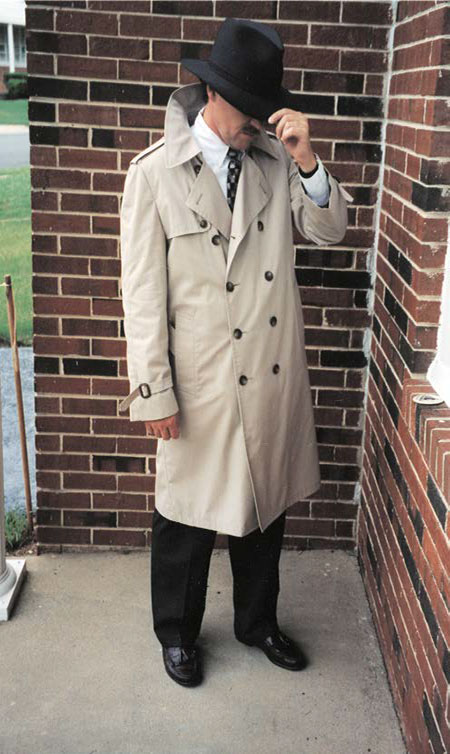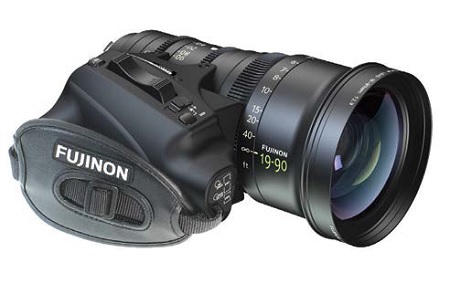In the New Year, Go for the Glass
SOMEWHERE, TO BE SURE—Felicitazioni! The new year is about to begin; your equipment budget’s been planned, and now you’re stressed out about parting company with all that cash. Pretty pictures—that’s the mandate from production. Better choose wisely, or your salary gets used to rent the kind of gear you shoulda bought!
Fear not, my phobic friend, and take a tip from ol’ Uncle Mario: Don’t sweat the camera; go for the glass.

Face it… it’s almost 2016. There are plenty of great cameras with giant chips and more creature-features than a ’68 Caddy. Odds are, no matter what you buy, you’ll own something that beats the pants off 99 percent of all cameras ever made. You can’t go wrong, no matter what you buy.
But your new cine-super-camera-ultra-whizbang toy ain’t gonna look like much without some gorgeous glass. The lens, that last analog interface between photon and pixel, is the place where the magic happens, and it’s the wrong neighborhood for pinchin’ pennies.
LENSES IN THE LIMELIGHT
Readers over a certain age will recall a time before high definition when two technology curves crossed: the cost of high-end, standard-definition broadcast television cameras, and costs for the broadcast-optimized lenses that got stuck onto the fronts of these cameras. Ol’ Mario can see it as if it were yesterday… a price quote from Uncle Sony for a $24,000 Betacam head, attached to a second quote for a $25,000 lens. That was a bit of a flip for us. We were used to the fancy-pants camera head costing plenty, but the lens… isn’t that just an accessory?

Get with it, grandpa. They’re not accessories—they’re the stars of the show! And the venerable B4-mount lens, staple of the broadcast industry, is just one of the many optical performers you’ll need to own. Based on your business and your equipment locker, it’s fairly likely you need everything from old SLR lenses to cinema primes, manual zooms and beyond… way, way beyond.
Part of the challenge comes in selecting your kit, choosing the full complement of focal lengths required to cover any scene. You’ll do that while balancing a bunch o’ factors—think of ’em as “multipliers,” ’cause that’s what they do to the price list. Factors include basics like the prestige and cachet of a famous German or Japanese pedigree (gotta have the best, right?). How about a zoom that bridges several of those focal lengths, so you’re not swappin’ ’n’ droppin’ in the middle of the shoot?
Then there’s the question of mounting flanges and adapters, trying desperately to bridge all the proprietary mounts and quasi-standards around your shop, so that you don’t wind up with five matching sets, one for each flange.
THE “F” WITH NO STOPS
But the biggest black hole in which to throw money is the black hole in the center of the lens itself, the aperture. How fast is fast? How sensitive can a lens actually be? The number after the little “ƒ,” signifying the widest aperture on the lens, is the to-die-for statistic; lowest is best! Many a soul has pried open the gates of debtors’ prison in search of an ever-lower number… it’s that kind of obsession. A wonderful German 50mm prime, for instance, with an ƒ4.9 rating is relegated to bright daytime shooting, maybe nature films, while an off-brand Japanese lens of the same focal length, but sporting an ƒ1.6 rating, is treasured and revered above all others for moody, dingy, short-focus work. And the pricing follows suit.
After years of watching shooters mixing and matching oddball formats and focal lengths, premier lens designers have stepped into the fray with “gold standard” models. That means you need to own plenty of gold to purchase the standard model.

Fujinon 19-90 Cabrio lens
But what price perfection? Here’s a clue: Fujinon’s 19–90mm Cambrio lens boasts a molto bello ƒ2.9 aperture—impressive for a zoom—and a gorgeous nine-blade iris; and includes a detachable sidemount zoom servo, reminiscent of old-school TV lenses. The cost? About five times the price of Sony’s newest 4K cine cameras, or $42,000. And they come with lenses.
As my old compadre used to scold me, if you have to ask, you can’t afford it. And thanks to a recent boom in affordable lens rental businesses, you don’t necessarily have to… with a little forethought and planning, you can pick and choose the right set of lenses for a specific project without breaking the bank. And you’ll be makin’ pretty pictures, just like they told you, without dippin’ into next month’s salary.
Mario Orazio is the pseudonym of a well-known television engineer who wishes to remain anonymous. E-mail him or her atmorazio@nbmedia.com.
Get the TV Tech Newsletter
The professional video industry's #1 source for news, trends and product and tech information. Sign up below.
